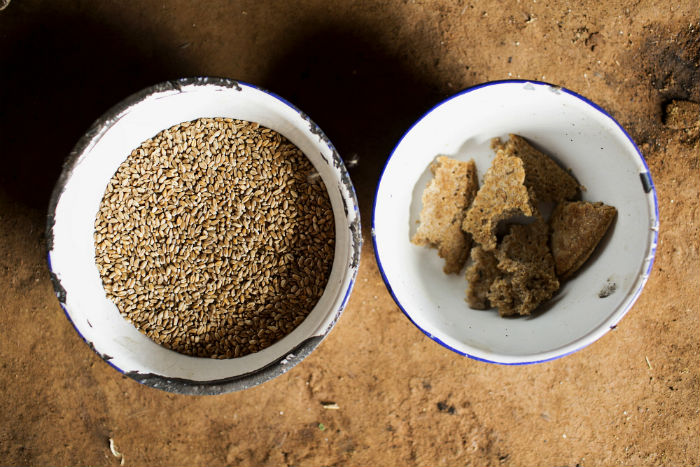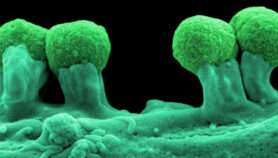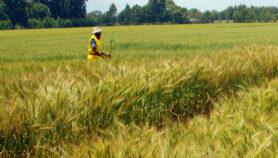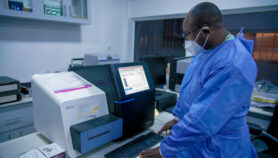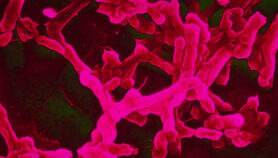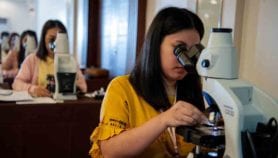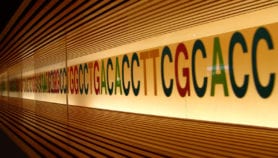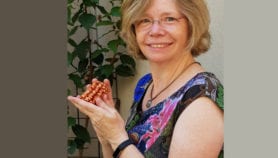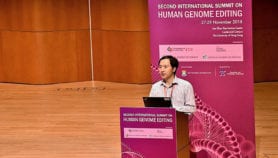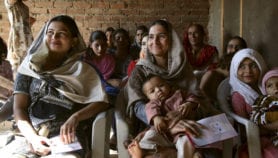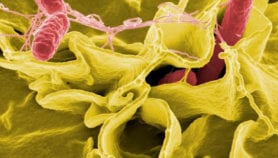By: Daisy Dunne
Send to a friend
The details you provide on this page will not be used to send unsolicited email, and will not be sold to a 3rd party. See privacy policy.
The full genetic sequence of bread wheat will be available within two years, a global network of scientists has said earlier this month.
The project’s researchers said on 6 January that decoding the genetics of bread wheat — which they say is the world’s most widely grown cereal — should help wheat breeders in developing countries bolster crop productivity.
“A complete and accurate description of the wheat genome will allow for the quick identification of critical genes that code for everything from drought resistance to stress resistance,” says Kellye Eversole, executive director of the International Wheat Genome Sequencing Consortium (IWGSC), which oversees the project. “Breeders can make sure these genes are in their breeding populations and this will help them improve their productivity.”
The IWGSC is a non-profit organisation established in 2005 by a group of wheat growers, plant scientists and breeders from 55 countries. Thanks to advances in whole genome sequencing technology, they expect to provide scientists across the world with a detailed and accurate bread wheat genome sequence by the end of 2017.
“A complete and accurate description of the wheat genome will allow for the quick identification of critical genes that code for everything from drought resistance to stress resistance.”
Kellye Eversole, IWGSC
Bread wheat is a food staple for around a third of the world’s population, accounting for a fifth of all calories consumed, the IWGSC says. But uncovering the cereal’s genetic secrets has proved slow going as its genome is five times bigger than that of a human.
The IWGSC says that identifying genetic characteristics can boost crop productivity and allow farming in difficult environments. A third of wheat-growing regions in developing countries are subject to drought stress during the growing season, according to Canada’s International Development Research Centre.
Eversole says the consortium is reaching out to small crop breeding companies in the developing world, which will be granted free access to the new sequencing data for breeding programmes. “From the beginning, we have worked very hard to make sure that scientists from around the world could participate in our projects,” she says.
But Ravi Singh, a researcher at the International Maize and Wheat Improvement Center in Mexico, says wheat breeders in the developing world would benefit more from direct financial support than from access to sequencing data.
“Most breeding and research programmes around the globe are operating with very limited resources, and the situation is at its worst in less developed countries,” he says. “More private investment in wheat breeding programmes, which are mostly publicly funded, is essential.”
He says sequencing data is meaningless to breeders who cannot afford to invest in biotechnology. “The reality is that wheat breeding has gained very little from biotechnology such as GM crops.”


